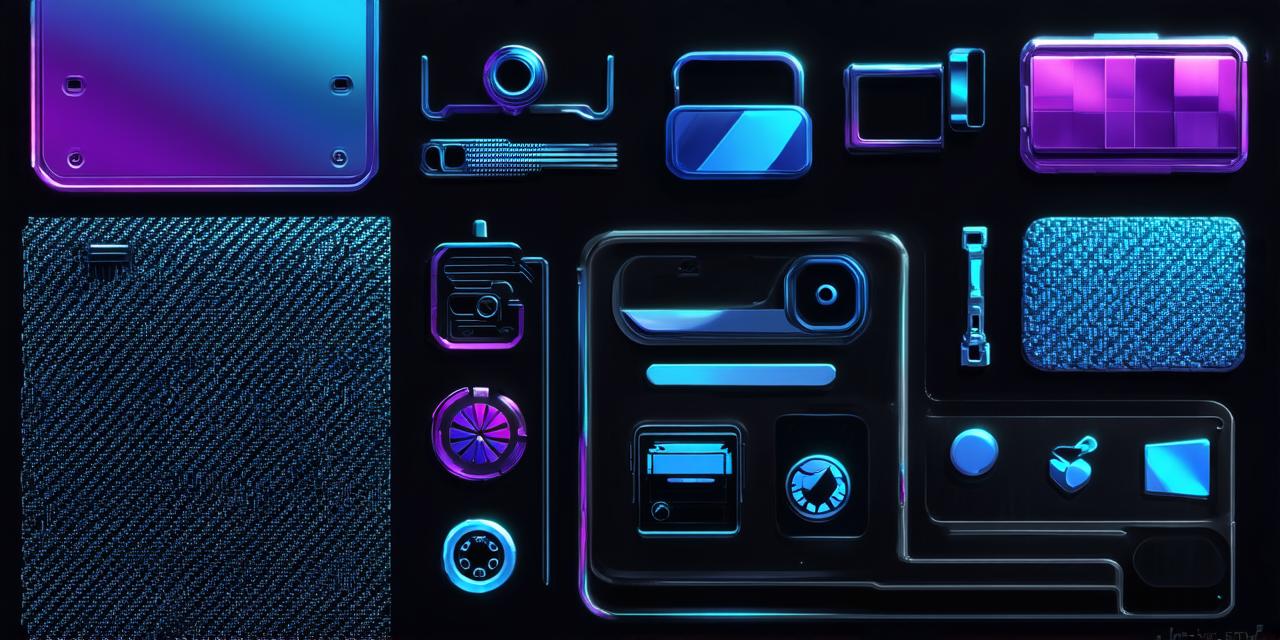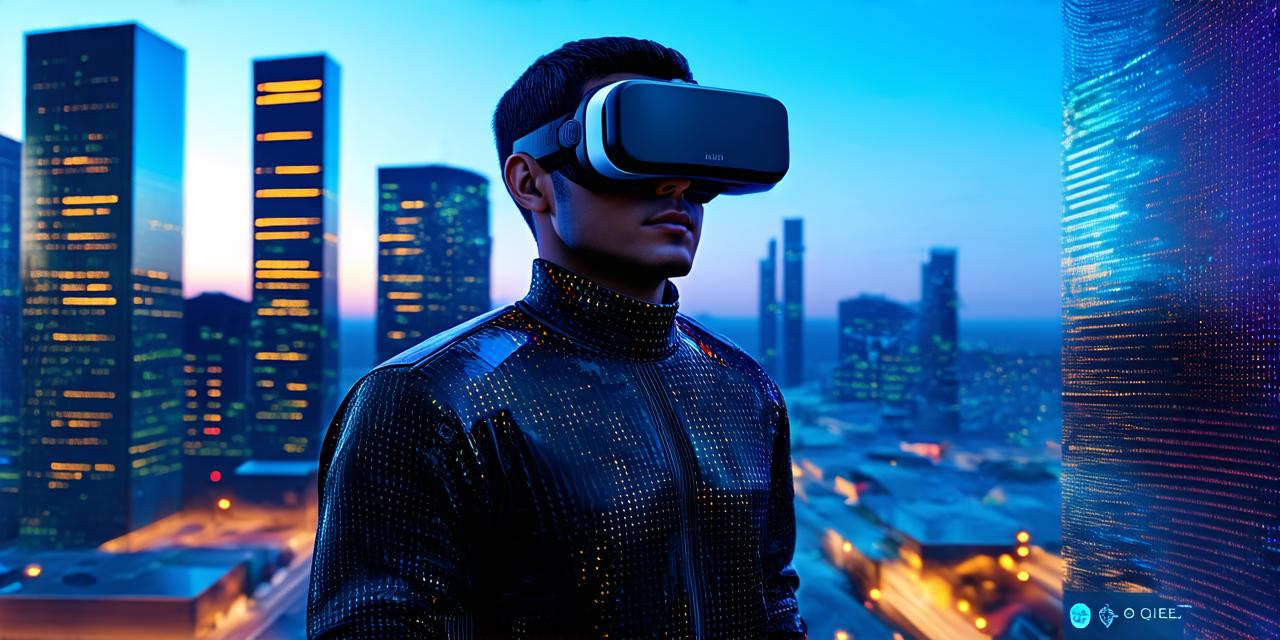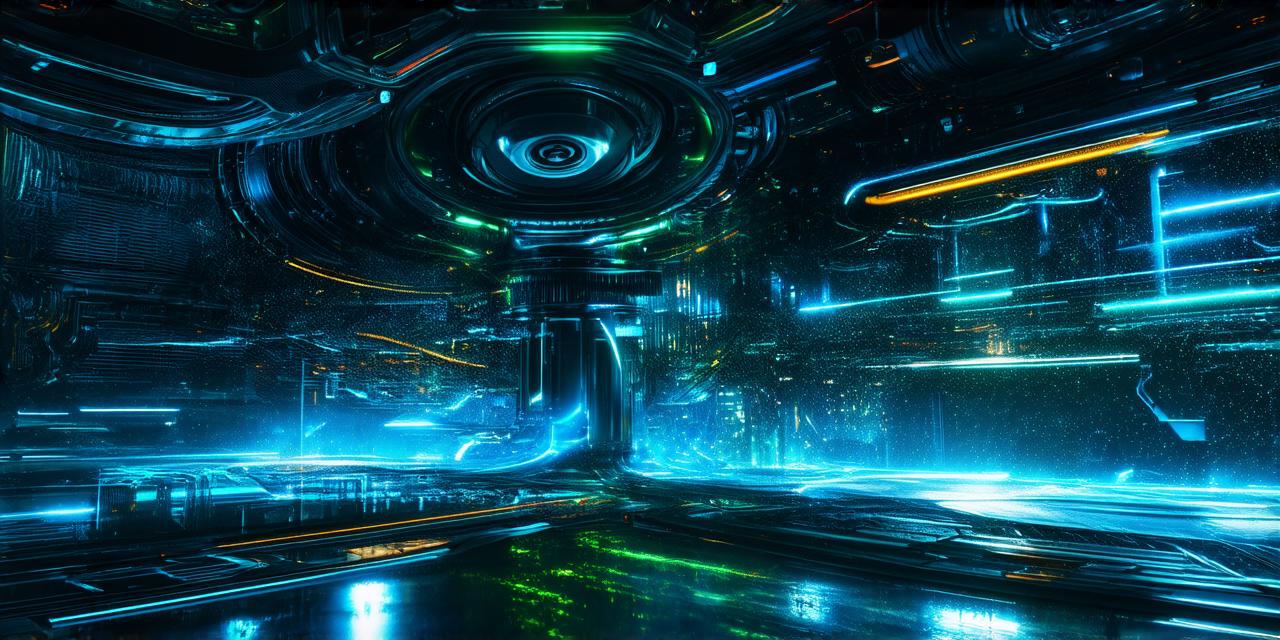XR stands for “extended reality,” which is a term used to describe an immersive digital experience that blends real-world environments with computer-generated graphics and other interactive elements. This type of technology has been around for several years, but it’s only in recent years that it’s gained widespread attention and adoption as a way to enhance user experiences across various industries.
Types of XR
There are several types of XR, including:
-
Virtual Reality (VR): VR involves creating a completely artificial environment that the user can interact with using special headsets or other wearable devices. This type of XR is often used in gaming, entertainment, and training simulations.
-
Augmented Reality (AR): AR involves overlaying digital information onto the real world, allowing users to see and interact with virtual objects and environments in their physical surroundings. This type of XR is often used in retail, marketing, and education.
-
Mixed Reality (MR): MR combines elements of both VR and AR, creating a seamless blend of real-world and digital environments that the user can interact with using a variety of devices and sensors. This type of XR is still in its early stages of development, but it has the potential to revolutionize industries such as healthcare, manufacturing, and architecture.
Advantages of XR
XR technology offers several advantages, including:
-
Enhanced user experiences: By blending real-world environments with computer-generated graphics, XR can create highly immersive and engaging experiences that are difficult to achieve through traditional media.
-
Improved training and education: XR can be used to simulate real-world scenarios, allowing users to practice and learn new skills in a safe and controlled environment. This can be particularly useful for industries such as healthcare and military, where mistakes can have serious consequences.
-
Increased efficiency and productivity: By overlaying digital information onto the real world, XR can help workers visualize complex data and make more informed decisions. This can lead to increased efficiency and productivity in industries such as manufacturing and construction.
-
Cost savings: XR technology can be expensive to develop and implement, but it can also save money in the long run by reducing the need for physical training facilities or materials.
Future of XR
The future of XR is likely to be a significant part of our daily lives, with applications across a wide range of industries. As technology continues to advance, we can expect to see more sophisticated and immersive experiences that will continue to push the boundaries of what’s possible in the digital world. Whether it’s virtual vacations, remote work environments, or new forms of entertainment, XR has the potential to change the way we live, work, and play.



